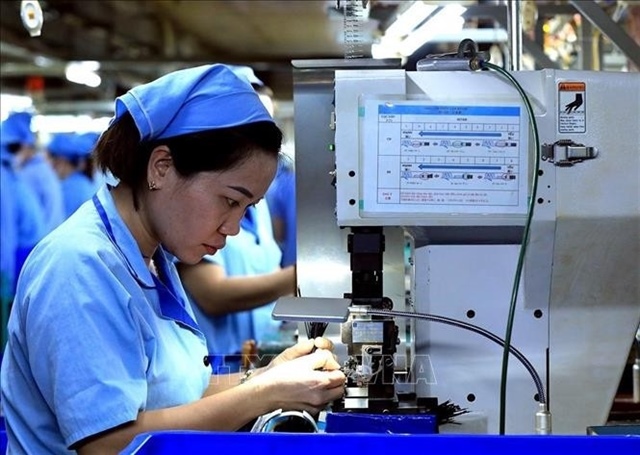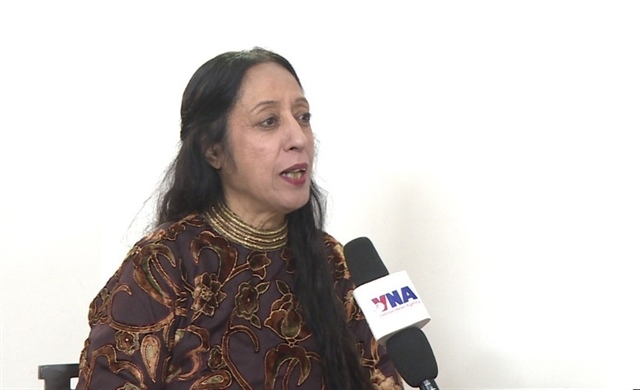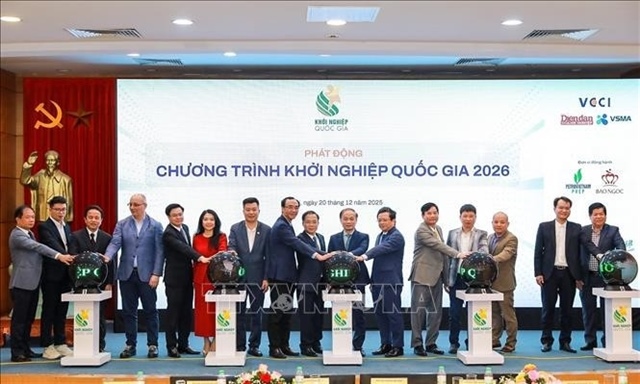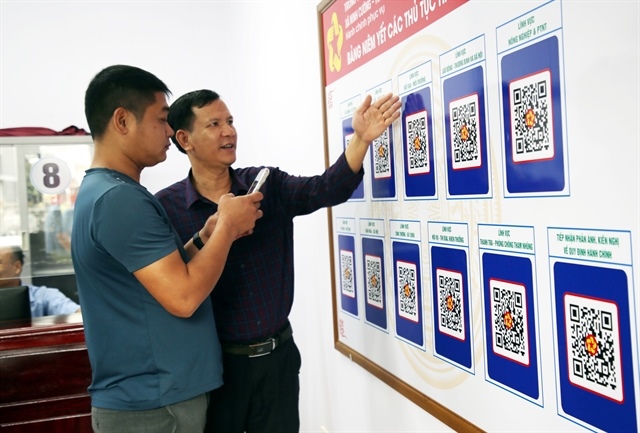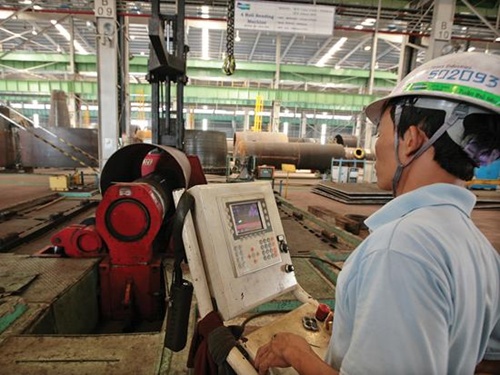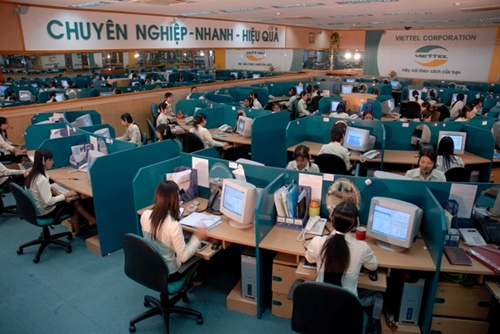Farmers clear rubber plantations as “white gold” no longer glitters
Farmers clear rubber plantations as “white gold” no longer glitters
Thousands of hectares of rubber trees in the eastern and central regions have been eliminated since the price of latex rubber, once described as “white gold”, has plummeted on the world market.
Rubber trees felled, farmers moneyless
According to Vuong Quoc Thoi, Director of the Tay Ninh Department of Agriculture and Rural Development, 1,300 hectares of rubber plantations in the province have been cleared.
Thoi said the latex rubber price has dropped dramatically in the world market due to the oversupply. Thailand has marketed 200,000 tons of reserved latex rubber. Meanwhile, China, which consumes 50 percent of Vietnam’s rubber exports, has cut down its import volume.
“The rubber price once climbed to a peak of VND100 million per ton. But it has dropped dramatically to just over VND20 million,” Thoi said.
Meanwhile, in Dak Nong Province, according to Nguyen Quang Tuan, a senior official, farmers have been chopping down rubber trees for the last several months. About 100 hectares of rubber have been eliminated.
Director of the Binh Phuoc provincial agriculture department, Nguyen Van Toi, has also confirmed that rubber trees have been chopped down in the province, though he could not offer an exact number.
Toi thinks it is quite normal for farmers to grow one crop when they find it profitable and then chop the plants down when prices drop to levels that cannot sustain profits.
“Orchards can bring VND400-500 million per hectare after three years, while rubber can only bring VND90 million per hectare. This is the reason why farmers have cleared rubber gardens to make room for orchards,” he said.
Who to blame?
Toi stressed that farmers cannot blame local authorities on the latex rubber price declines and their unprofitable rubber plantations.
“We once recommended that farmers clear 20,000 hectares of unprofitable rubber farms, but they kept growing the rubber,” he said. “They have the right to make their own decisions and must also take responsibility for those decisions”.
Thoi, the Tay Ninh provincial authority, could not answer who should accept responsibility for the latex rubber oversupply.“In the past, the latex rubber price escalated continuously, which prompted farmers to grow rubber trees in lowlands as well. About 5,000 hectares of rice fields were converted into rubber plantations,” he said.
However, Thoi thinks farmers should not be blamed in this case, and neither is it the state’s responsibility, because the rubber development strategy is an “open plan”.
Commenting about the failures of the industrial plant development programs, Pham Minh Dao, Director of the Dong Nai provincial agriculture department, commented that “not only rubber, but many other plants, are dying”, adding that “it would be better to ask the Ministry of Agriculture and Rural Development why”.
Dao believes that there are problems in the programming and program implementation, and that that is why farmers grow plants spontaneously when crop prices surge temporarily, and then chop down the plants when the prices drop.
“A lot of programs have been drawn up, but no agency comes forwards to set up reasonable mechanisms to implement the programs,” he commented.
By the end of 2013, Vietnam had 915,000 hectares of rubber plants, far exceeding the 800,000 hectare target mentioned in the rubber growing area development strategy approved by the government, and far ahead of its target date of 2020.
vietnamnet


